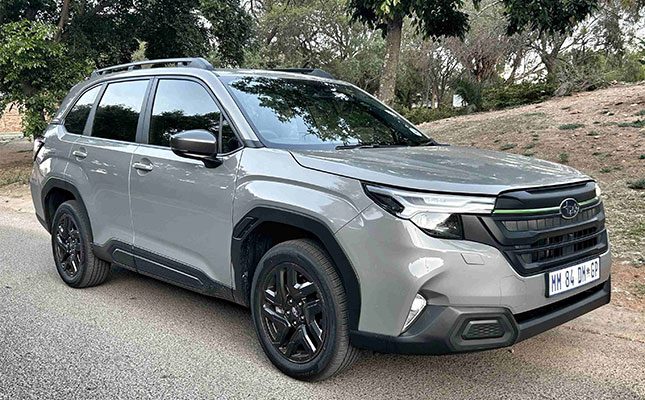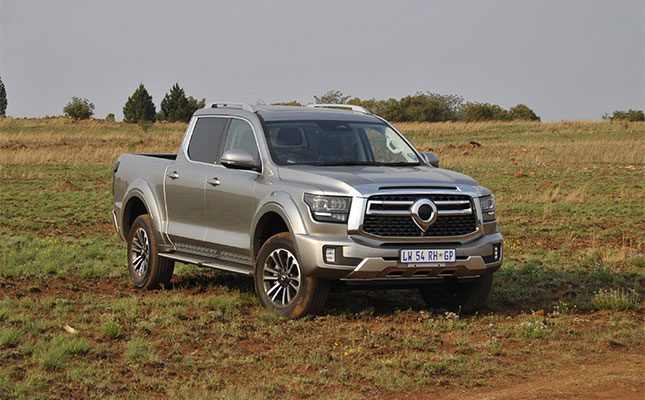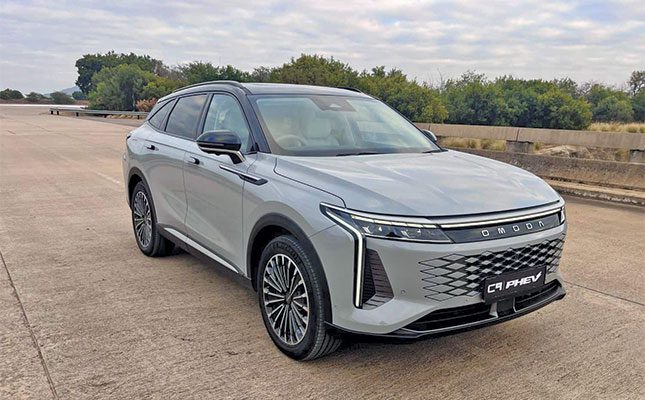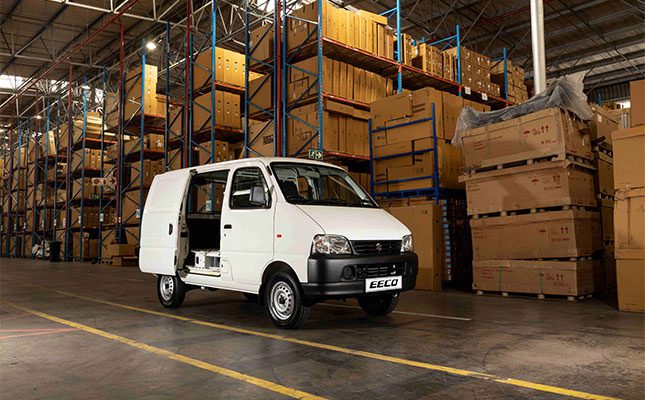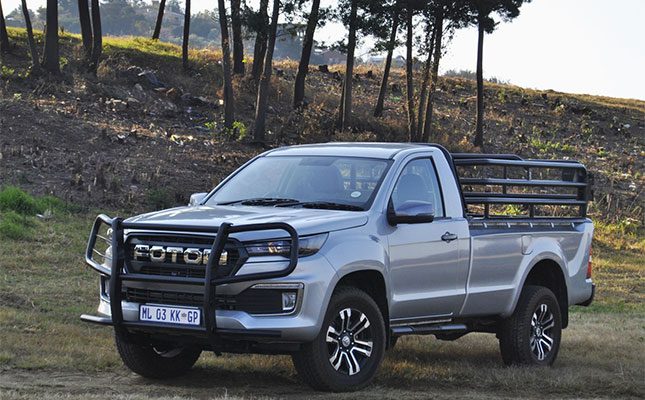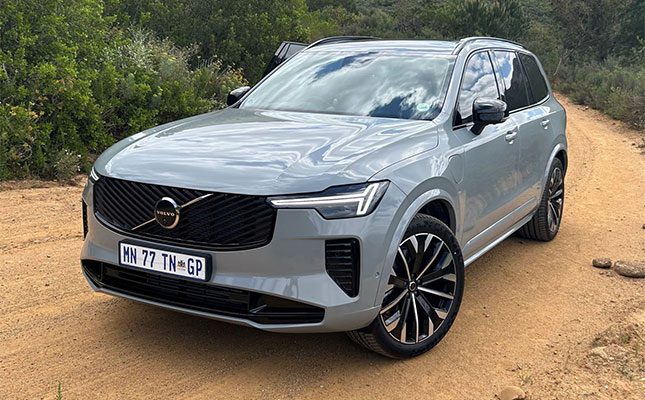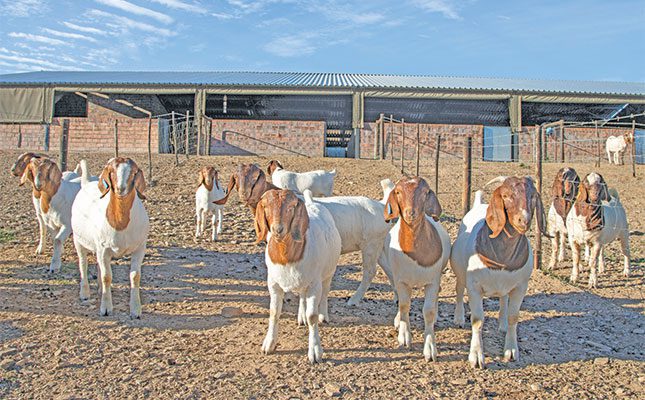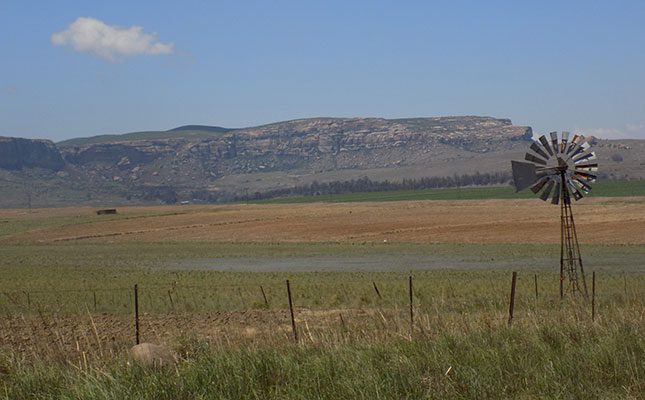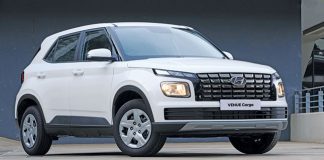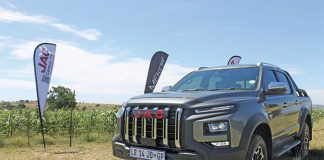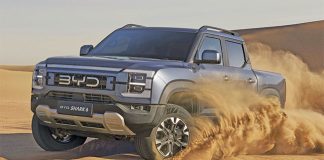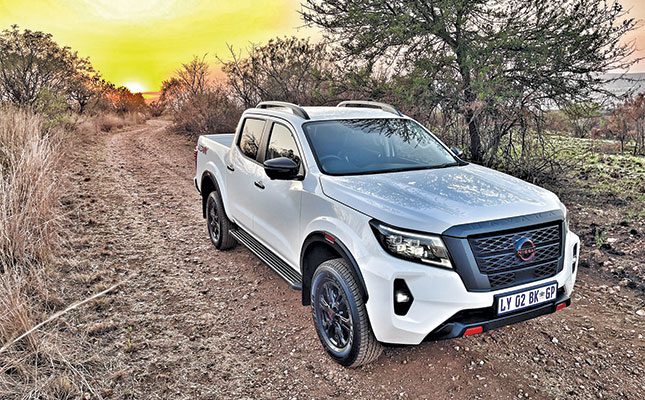
Photo: Mark Jones
The last time we drove a Nissan Navara was in 2021. The big news at the time was that the Navara was now built locally and that various updates would add some life to what then could have already been considered an ageing range of offerings.
I remember the Navara Pro-2X as being right on par with just about any Ford Ranger and Toyota Hilux. The drive and ride quality sort of bakkie-like, the off-road ability the same, the tech thereabouts, too, and even the performance numbers were in the same ballpark.
But what has happened since is that the double cab leisure bakkie market has moved on in leaps and bounds, especially with the likes of the current-generation Ford Ranger and its VW Amarok production sibling. These now offer car-like ride quality and feel with state-of-the-art, high-tech features.
Cut-throat bakkie market
The Toyota Hilux is also as dated as can be, but Nissan just doesn’t have the gravitas that Toyota has locally. In fact, nobody does. Everybody at Nissan in this country can’t wait for the all-new Navara (which shares a platform with the all-new Mitsubishi Triton) to arrive here sometime in 2025, with a bit of luck.
The Pro-4X retails for R844 000, an amount that still buys you a lot of Ford Ranger and Toyota Hilux. And a bunch of new Chinese offerings from JAC, LDV and GWM, too.
If you think it was tough back then, it’s 100 times harder now. It’s one of the toughest segments in the market, and new competition is coming in from everywhere these days.
From a styling point of view, the Navara has aged well and easily holds its own against almost anything on the road.
The interior isn’t too bad either, but the analog instrumentation and lack of wireless charging and wireless Apple CarPlay and Android Auto expose some of the wrinkles and the true age of this double cab.
Wrinkles starting to show
But it was on the road where the Navara’s wrinkles really started to show. The ride is just too firm for a double cab in the leisure part of the segment, especially since it has multilink rear suspension.
When it came to straight-line, on-the-road, everyday-type performance (we all know the Navara is as capable as anything off-road), it wasn’t so much that the 2,5ℓ let it down. It was the software configuration that expected the engine to rev all the way to 4 600rpm in every gear when you kept your foot flat.
Anybody who knows anything about turbo-diesels will tell you that they like to rev low and ride on that nice meaty chunk of torque that’s available.
It took more than 13 seconds to get to 100km/h from a standstill, when the competitors are all starting to pull 10-second runs.
The roll-on, overtaking and acceleration numbers were not much better, with the Navara taking a full 10 seconds to go from 80km/h to 120km/h and double that when asked to go from 60km/h to 140km/h.
What’s the verdict?
Driven in a way that doesn’t require foot-flat driving or overtaking, the Nissan Navara Pro-X4 is pleasant enough as transport.
But in this day and age, these positives aren’t enough for it to seriously challenge the other premium offerings.
Vehicle fast facts
Price: R844 000
Engine: 2,5ℓ turbo-diesel
Transmission: Seven-speed automatic
Power: 140kW at 4 600rpm
Torque: 450Nm at 2 000rpm
Fuel consumption (tested): 9,9ℓ/100km
Licensing mass: 2 023kg
Towing capacity: 3 500kg
Payload: 1 003kg

